A record of microplastic in the marine nearshore waters of South Georgia
(2022)
Journal Article
Buckingham, J. W., Manno, C., Waluda, C. M., & Waller, C. L. (2022). A record of microplastic in the marine nearshore waters of South Georgia. Environmental pollution, 306, Article 119379. https://doi.org/10.1016/j.envpol.2022.119379
The polar plastics research community have recommended the spatial coverage of microplastic investigations in Antarctica and the Southern Ocean be increased. Presented here is a baseline estimate of microplastics in the nearshore waters of South Geor... Read More about A record of microplastic in the marine nearshore waters of South Georgia.
